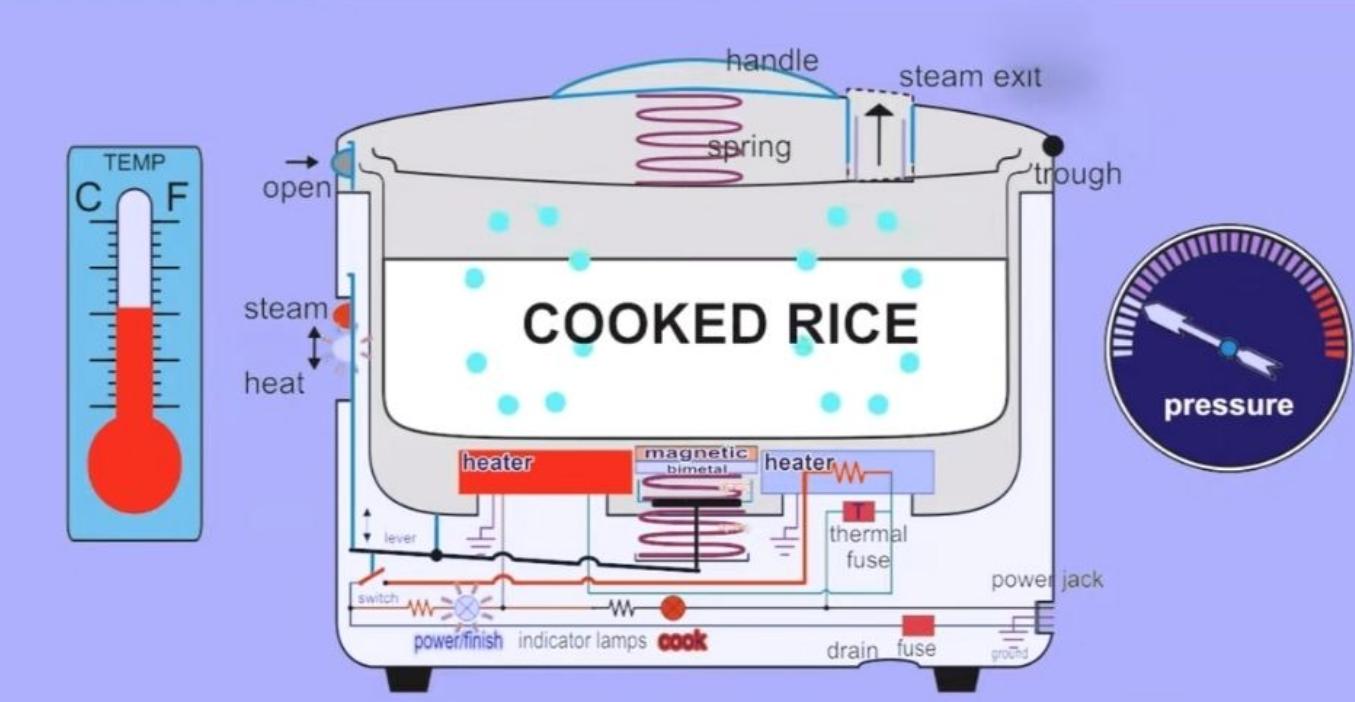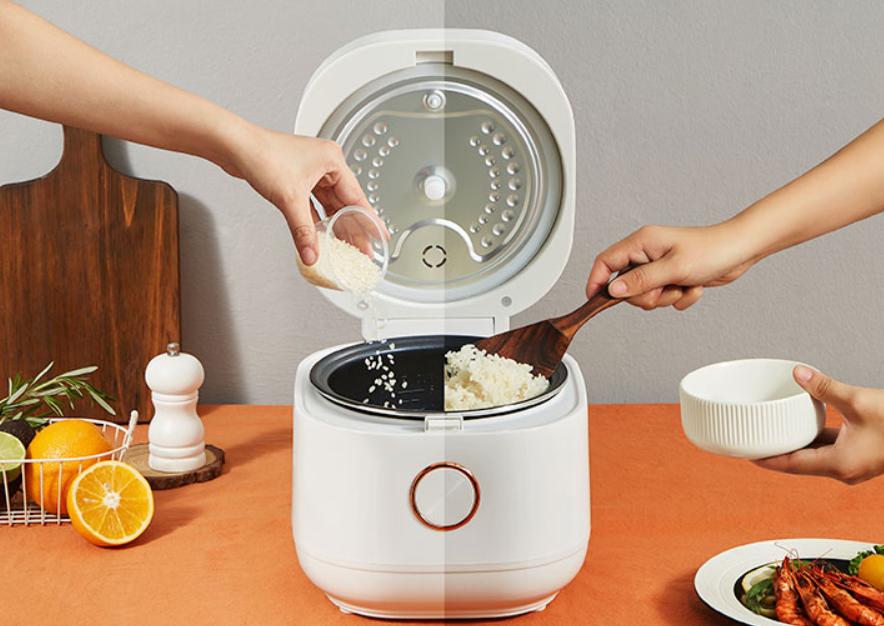How Does a Rice Cooker Work Step by Step?
A rice cooker is a modern kitchen marvel that takes the guesswork out of cooking rice to perfection. Simply add water and rice, press a button, and in no time you have a perfectly cooked batch of rice. This convenience has made rice cookers an essential appliance in many households. But how does this handy device turn uncooked rice and water into a delicious, fluffy side dish? Understanding how a rice cooker works can help you utilize this kitchen tool to its fullest. This guide will explain the main components and the step-by-step process of a rice cooker’s operation.

What Are the Main Parts of a Rice Cooker?
A rice cooker consists of several key components that work together seamlessly to cook rice. The main parts include the inner pot, heating element, thermal sensor, and control panel. The inner pot, usually made of non-stick material, holds the rice and water. The heating element, located beneath the inner pot, heats up to cook the rice. The thermal sensor works by monitoring the temperature inside the cooker to ensure even cooking. Lastly, the control panel allows you to select different cooking settings based on the type of rice you are preparing. Understanding these components will give you a clearer picture of the cooking process.
How Does a Rice Cooker Work Step by Step?
Measuring the Rice and Water
Start by measuring the desired amount of rice using the measuring cup that typically comes with the rice cooker. Rinse the rice in cold water until the water runs clear. This removes excess starch and prevents the rice from becoming gummy. After rinsing, add the rice to the inner pot. The next step is to measure the appropriate amount of water according to the type of rice being cooked.
Setting Up the Rice Cooker
Place the inner pot containing the rice and water into the rice cooker. Close the lid securely. Depending on your rice cooker model, you can select the cooking mode on the control panel. Common settings include white rice, brown rice, and quick cook. Each setting adjusts the cooking time and temperature to achieve the best results for each type of rice.
The Heating Process Begins
Once you have chosen the setting, press the start button. The heating element begins to warm up, transferring heat through the inner pot. The water in the pot starts to absorb the heat and gradually comes to a boil. This boiling water cooks the rice by steadily infusing each grain with moisture and heat.
Monitoring the Temperature
The thermal sensor inside the rice cooker plays a crucial role during the cooking process. It continuously monitors the temperature in the inner pot. As the water is absorbed by the rice and the temperature rises, the thermal sensor ensures that the cooker maintains the optimal cooking temperature.
Cooking to Completion
Once the water is completely absorbed and the rice reaches the desired temperature, the thermal sensor signals the rice cooker to stop heating. Many rice cookers then switch to a ‘keep warm’ setting to maintain the perfect serving temperature until you are ready to enjoy your rice.
What Happens During the Cooking Process?
During the cooking process, water and heat work together to transform the hard grains of rice into soft, fluffy morsels. The water boils and absorbs into the rice, causing the grains to swell and soften. The thermal sensor continuously monitors the temperature to ensure the water is absorbed evenly, preventing the rice from burning. As the water level decreases, the temperature inside the pot rises and the cooker adjusts to ensure every grain is perfectly cooked. This seamless process ensures that the final product is both delicious and consistent every time.

Why Does a Rice Cooker Stop Automatically?
Automatic shutdown in rice cookers is due to the thermal sensor. Once all the water has been absorbed and the temperature rises above the boiling point of water (100°C or 212°F), the sensor detects this change. It then either completely shuts off the heating element or switches the cooker to a warm setting. This prevents the rice from overcooking or burning. This simple yet effective mechanism ensures that the rice is cooked to perfection every time, providing the precise texture and flavor desired.
Conclusion
Rice cookers simplify the process of making perfect rice. With just a few simple steps of measuring, setting up, and starting, the appliance takes over and monitors the cooking process to deliver fluffy, perfectly cooked rice. Understanding how a rice cooker works, from its integral parts to the cooking cycle, allows users to make the most of this handy kitchen tool. Whether you’re a seasoned chef or a novice cook, a rice cooker can be an indispensable addition to your cooking arsenal.
FAQ
Can I cook other foods in a rice cooker?
Yes, rice cookers are versatile appliances that can cook a variety of foods. You can prepare dishes like steamed vegetables, soups, stews, or even desserts like rice pudding. Many modern rice cookers come with additional settings to facilitate these cooking methods.
How long does a rice cooker take to cook rice?
The cooking time can vary based on the type of rice and the specific model of the rice cooker. Generally, white rice takes about 20-25 minutes, while brown rice may take between 40-50 minutes due to its higher fiber content. Always refer to your rice cooker’s manual for precise cooking times.
Do all rice cookers work the same way?
While the basic principles behind all rice cookers are similar, there are variations in features and functionality. Some rice cookers have advanced functions, different cooking settings, and additional features like timers and steamers. However, the core mechanism of heating and thermal sensing remains consistent across most models.
